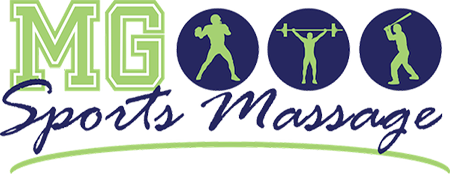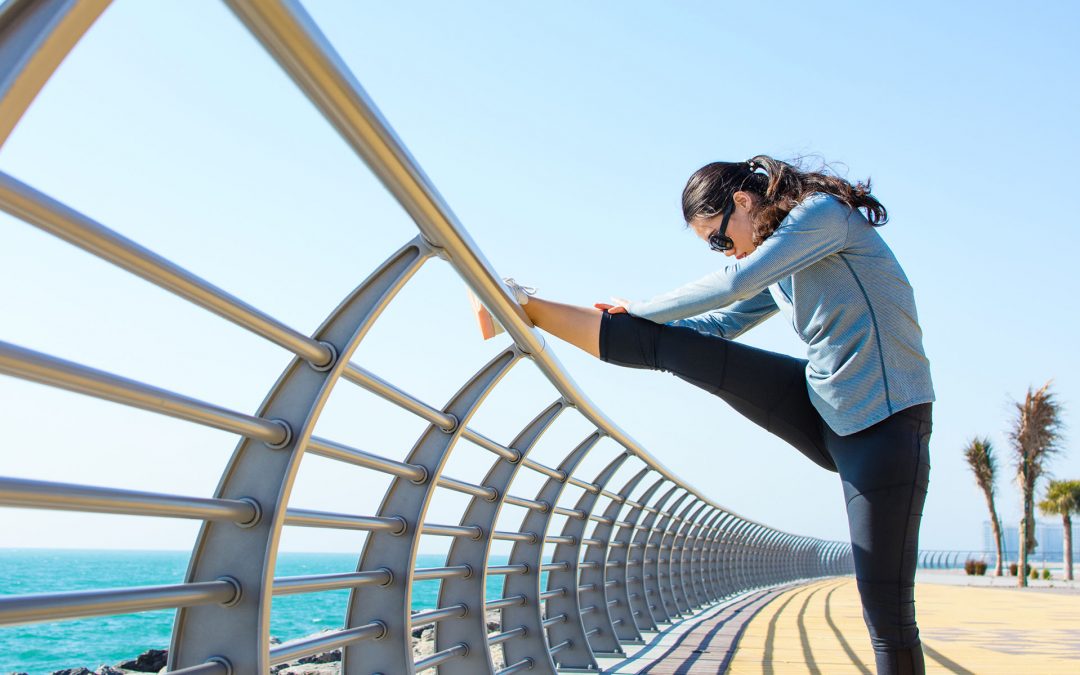As a professional athlete, flexibility is a fundamental factor in your occupation and lifestyle. You need to be at the top of your game with loose, limber muscles and joints in order to compete well. So stiff muscles spell trouble.
But maybe you’re not a professional athlete. Perhaps you work a standard, Monday-through-Friday job in an office and don’t do much activity after hours or on the weekend. You know how easy it is to develop stiffness and sore muscles sitting in a chair for long hours.
Stiff Muscles and Flexibility
Stiff muscles have no place in wellness. Flexibility is key.
Flexibility is when your body has a complete range of motion at the joint or muscle and no pain or strain when stretching. Joints and muscles tend to affect each other. So if you have a stiff joint, the surrounding tissue will tense up as well. When the muscle tenses up, it has a more difficult time relaxing into its original state. And that means we can’t stretch it as much as we should be able.
For many athletes, flexibility is a significant component of their sport. For example, dancers and gymnasts particularly need exemplary muscle and joint flexibility. With stiff muscles and a limited range of movement, even the most basic of moves would be difficult to perform. Stiffness can affect form and technique as well as leave an athlete open to potential injuries.
Many different things contribute to stiff muscles and joints, such as:
- Injuries
- Surgery
- Muscle overuse
- Conditions like arthritis
- Knots in muscles
So when something happens to introduce stiffness into a routine, it’s vital to start combating it as soon as possible.
Reducing Stiff Muscles and Increasing Flexibility
Flexibility is something that will take some time, not something that happens after one 15-minute session. You never want to stretch your muscles past their limits or push yourself too hard. You should also never force your muscles to stretch or try to “bounce and reach” (where you rock your body in and out of a stretch). Forcing yourself to reach beyond your limit is a sure way to cause an injury. Instead, try a slower approach.
How to become more flexible:
- Don’t hold your breath – breathe and relax into a stretch.
- Warm-up and cool down during exercise. It will help your muscles relax and reduce lactic acid buildup.
- A 10-minute, occasional warm-up alone isn’t going to do it. Just like you dedicate days to arm and leg strengthening and cardio, you also need to set aside days devoted to flexibility, core strength, and muscle control.
- Add massage to the routine. A massage therapist can manipulate muscles to relieve built-up tension. They break down knots and help increase range of motion, which makes your muscles and joints more open to stretching.
What about Non-Athletes?
Muscle stiffness doesn’t just affect athletes. Those of us with sedentary lifestyles are prone to it as well. As we age, if we don’t continue to stretch our bodies, joints tighten and shorten our range of motion and flexibility.
Stretching is beneficial for a number of reasons outside of just being more flexible. It improves blood circulation, which assists with sickness recovery and prevention. It also helps to improve posture, which is crucial if you work a desk job. Bad posture leads to even more tense muscles, and the cycle continues to repeat itself until you’re dealing with pain on a daily basis. There are many different ways to add stretching to your daily routine as well as different stretching techniques. At MG Sports, we suggest Active Isolated Stretching.
So regardless of whether you’re a professional athlete or work 8-5 in an office, stiff muscles affect us all, and massage is an integral part of the solution. If you’re ready to start feeling relaxed and limber again, reach out to us. We can help you get started on the path to a healthier body.

